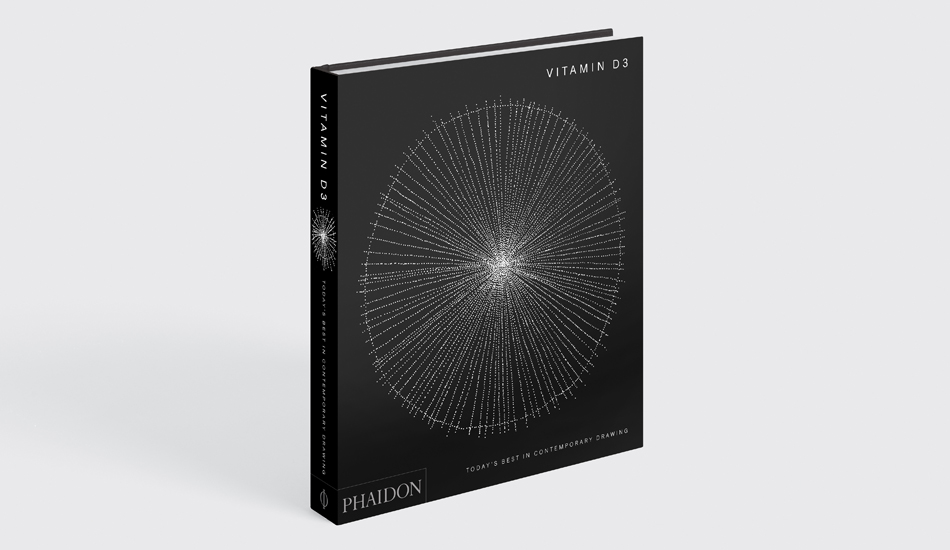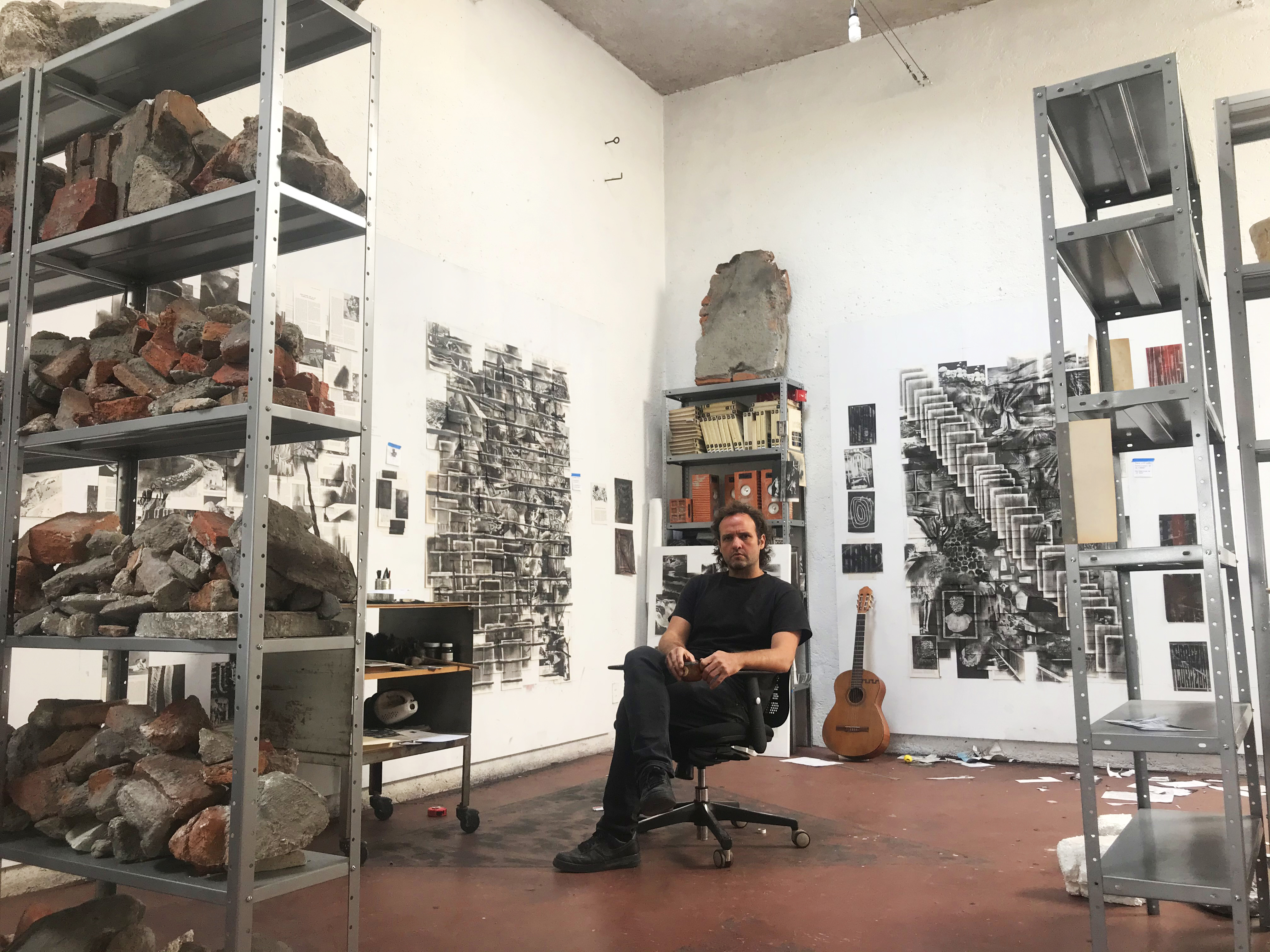
Mauro Giaconi - Why I Draw
At primary school the Vitamin D3 artist would exchange his drawings for homework, now he prefers to construct complex drawings that don’t reveal their intention immediately
The fact that Mauro Giaconi studied to become an architect for three years before completing his degree in painting is telling. His drawings and the space they occupy are both as carefully configured as each other, so that the viewer’s experience of them is unavoidably physical. For his performative exhibition ‘Felicidad’ at Ruth Benzacar in Buenos Aires in 2017, Giaconi presented a two-part piece. The artist started off facing a clean wall, armed with a hammer and backpack full of pencils. As he violently tried to nail these to the white surface, both the pencils and the wall cracked, generating a noisy and frustrating scenario. The second section of the performance began when the artist and his audience left the destruction behind and moved on to the main space, where handmade concrete cubes coated with thick graphite dotted the floor. Giaconi grabbed hold of one such block and hurled it against the wall, gesturing for the audience to join in and repeat the action. As the cubes shattered, the graphite dust sprinkled the white wall, revealing a pre-drawn yet up to that point invisible wire-netting pattern.
Populating the floor with graphite-covered objects is a recurrent feature of Giaconi’s work. Conceptually, he is not only interested in physical presences but also in absences; in the way these linger, and how the binary systems that oppose the present to the absent succumb at that precise instant when the graphite explodes and the cube and the dust coexist, or real and fake sheets overlap.
Giaconi is one of over a hundred contemporary artists featured in Vitamin D3: Today's Best in Contemporary Drawing, Phaidon’s new, indispensable survey of contemporary drawing. We sat him down and asked him a few questions about how, why and when he draws. If you're interested in his work, our story contains links to a number of his works available on Artspace.
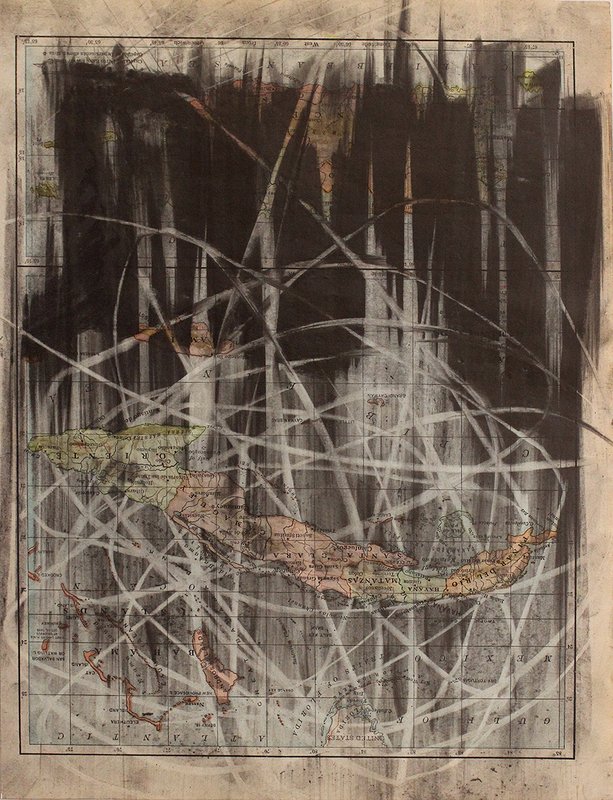
Who are you and what’s on your mind right now? My name is Mauro Giaconi. I’m a visual artist, teacher and independent cultural manager. I was born in Buenos Aires, Argentina; and I have lived and worked in Mexico City since 2011. I’m currently reviewing Bolivian writer and activist Silvia Rivera Cusicanqui’s concept of CH’IXI. It is an Aymara term that, as I interpret it, basically states that things can be and not be all at the same time; that we are the cohabitation of juxtaposed opposites. I also think a lot about that in relation with a possible symbiosis between daily life and artistic production. This is all cut across by our current pandemic situation, which – without appearing to be too optimistic about the future – I do believe has caused time to lose its magnetism because it’s acquired a new velocity, which in turn should allow us to reassess our ideas and energies.
What’s your special relationship with drawing and how would you describe what you do? My relationship to drawing has practically been a life strategy, given that it’s one of those activities that remained a constant interest of mine throughout time, throughout each stage, since early childhood. During primary school I would exchange drawings for homework and in high school my sister and I would hand draw Rock images onto t-shirts we would later sell on Sundays at a clandestine music and pirated goods market in Parque Rivadavia in Buenos Aires. My interest in drawing also pushed me to wander through a degree in architecture for some time and then to study arts and devote myself to that profession over the course of twenty years.
I like to think about my relationship to drawing almost as a militancy because it has allowed me to combine pleasure and work, intertwining different interests in order to remain in a constant state of exploration, play and wandering. It has also been a plentiful tool for establishing complicities with other artists, which is one of the things I value the most, and has allowed me to establish several study and learning groups, and shared interest communities.
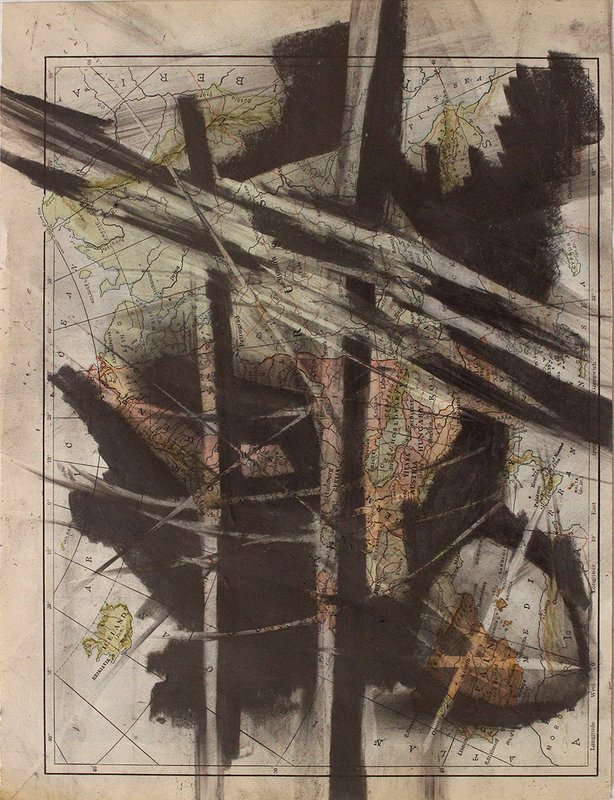
Why is there an increased interest in drawing right now? Over the course of the last few years (especially at market and institutional levels) drawing has received some special attention, but I don’t believe that particular attention is related to drawing practice in itself, but rather with a need to shift the focus of our attention, to create a sense of novelty or value what was previously underrated.
Somehow, artistic disciplines have become blurred and the limits between one and the other have steadily become less necessary and relevant. Perhaps that’s why the need to elevate this or that discipline emerges, as if there were a certain fear that the set of rules that define “the artistic” could lose their hegemony. But outside that logic, drawing has always been present at the podium, it is an unavoidable discipline; it is everywhere, as much in artistic practice as it is in the periphery. It is wandering, it’s in the streets, in urban graffiti, in technology, in political pamphlets, in album covers, in rituals, in the instructions that come with products and tools, in logos, in industrial design, in childhood, in architecture, in games, and so forth back to prehistoric times.
What are the hardest things for you to get ‘right’? My biggest difficulty sometimes is to successfully broach all the interests that cut across my personal interests and my artistic practice. Also to try to understand how to be physically and mentally present in a certain multiplicity of desires and needs without overlooking any corners, while at the same time avoiding falling into self-imposed dynamics of work exploitation.
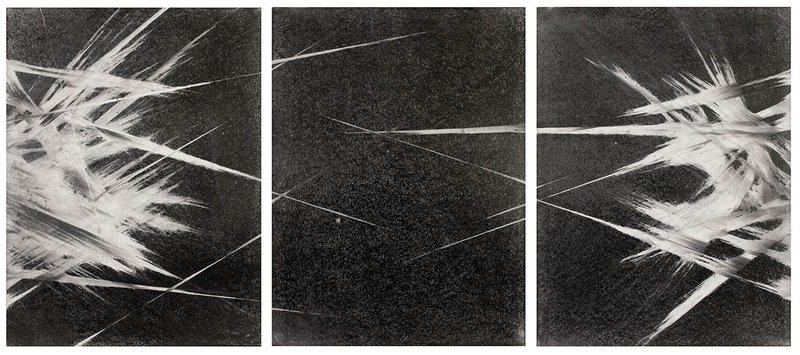
Is the immediacy of drawing part of its appeal for you? I try to overcome that sensation of immediacy or frontality that is generally attributed to drawing. I believe my works don’t have those characteristics, given that I prefer constructing complex images that don’t reveal their intention immediately. I seek to incite diverse experiences in relation to the distance from which each drawing is perceived, because more and more details that allow you to have multi-layered access to the drawing can be seen as you come closer. Scale is also very important sometimes; the relationship between the work and the body, the work’s own body as well as the spectator’s, as a strategy to conceal multiple situations in its monumentality.
Drawing can be both brutal and refined at the same time, immediate at plain sight while concealing multiple scenarios. I’m especially interested in the possibility of concealing a certain juxtaposition of planes and realities. But what I’m particularly most stricken with by drawing is its economy; by this I mean that it’s an affordable activity, it’s cheap, there isn’t an industry or a technology instilling it with life.
Can you explain the difference between drawing as a child, something we can all relate to, and drawing as an artist - something most of us cannot? In childhood, drawing isn’t a cultural activity but rather an exploration towards developing cognitive tools for understanding the world and one’s own body. In adulthood, especially understanding it from the standpoint of artistic practice, it’s the opposite: it’s a means for developing tools for gaining access to that state of exploration in order to broach culture.
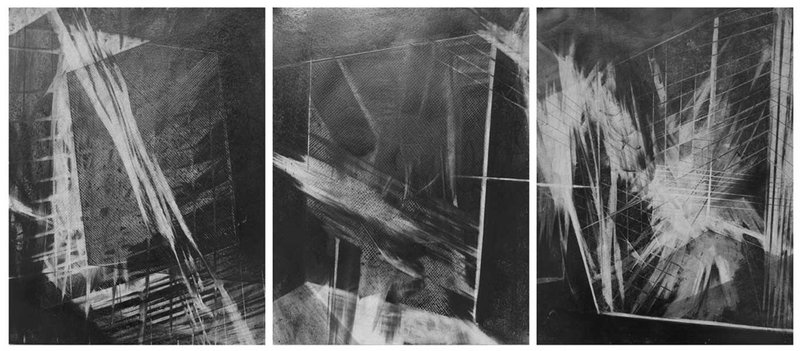
What do most people overlook when they attempt to ‘assess’ drawing? The most difficult and interesting thing about this matter is understanding what the consequences are of invoking the logic of “most people”. Most people from where, which context, which ethnicity, continent, weather, history? Most people from which social, economic or gender reality? I believe that each context and each individual have a very distinct relationship to art, to culture and therefore to artistic drawing. I perceive my work as a balance between certainties and errors; I don’t demand efficacy from it but rather I try, failure becomes part of the equation, that the efficacy of the encounter depends on the other person. I’m interested in remaining in that tension, and I’m interested when a work, a drawing, or whatever, leaves a margin of trust to remain open in order for the other to complete the equation. When the stakes are on the margin of trust between the work and the audience, for them to strengthen their encounter, the result is much more potent.
When do you draw and what sort of physical, spiritual, mental or geographical place do you have to be in generally for it to work? I could say that I work in two specific ways or situations. The first is my studio and the second is site-specific. Even though both ways have their own set of particularities, my production is generally quite rational. I work a lot from the standpoint of the accumulation and the repetition of a single gesture so that images progressively grow through a reiterative gesture, whether it be paper, books, spaces or architecture itself. It’s a way of working that demands high concentration from me, which is why I do better if I work in a highly focussed manner and during short periods of time, no more than one hour doing the same thing, then to step aside for later returning with renewed concentration.
You can see more of Mauro Giaconi's work on Artspace, and via his Instagram, @maurogiaconi. Meanwhile, Vitamin D3: Today's Best in Contemporary Drawing, featuring over 100 artists including: Tania Kovats, Rashid Johnson, Rebecca Salter, Toyin Ojih Odutola, Deanna Petherbridge, Christina Quarles, Nathaniel Mary Quinn, and Emma Talbot is available now in the store. We'll be running more interviews with artists featured in the book in the coming weeks.
